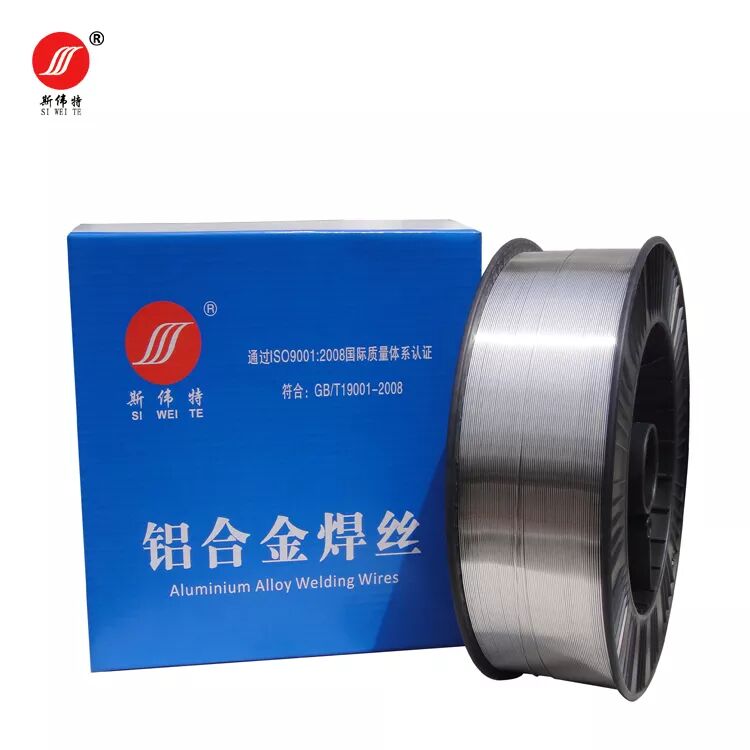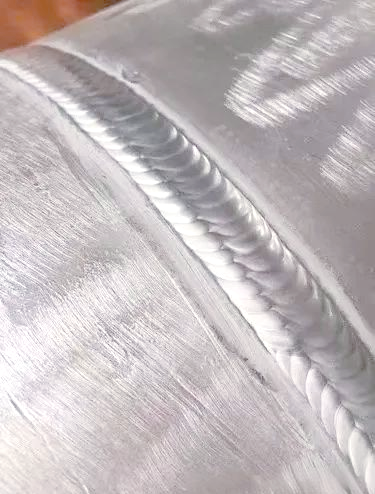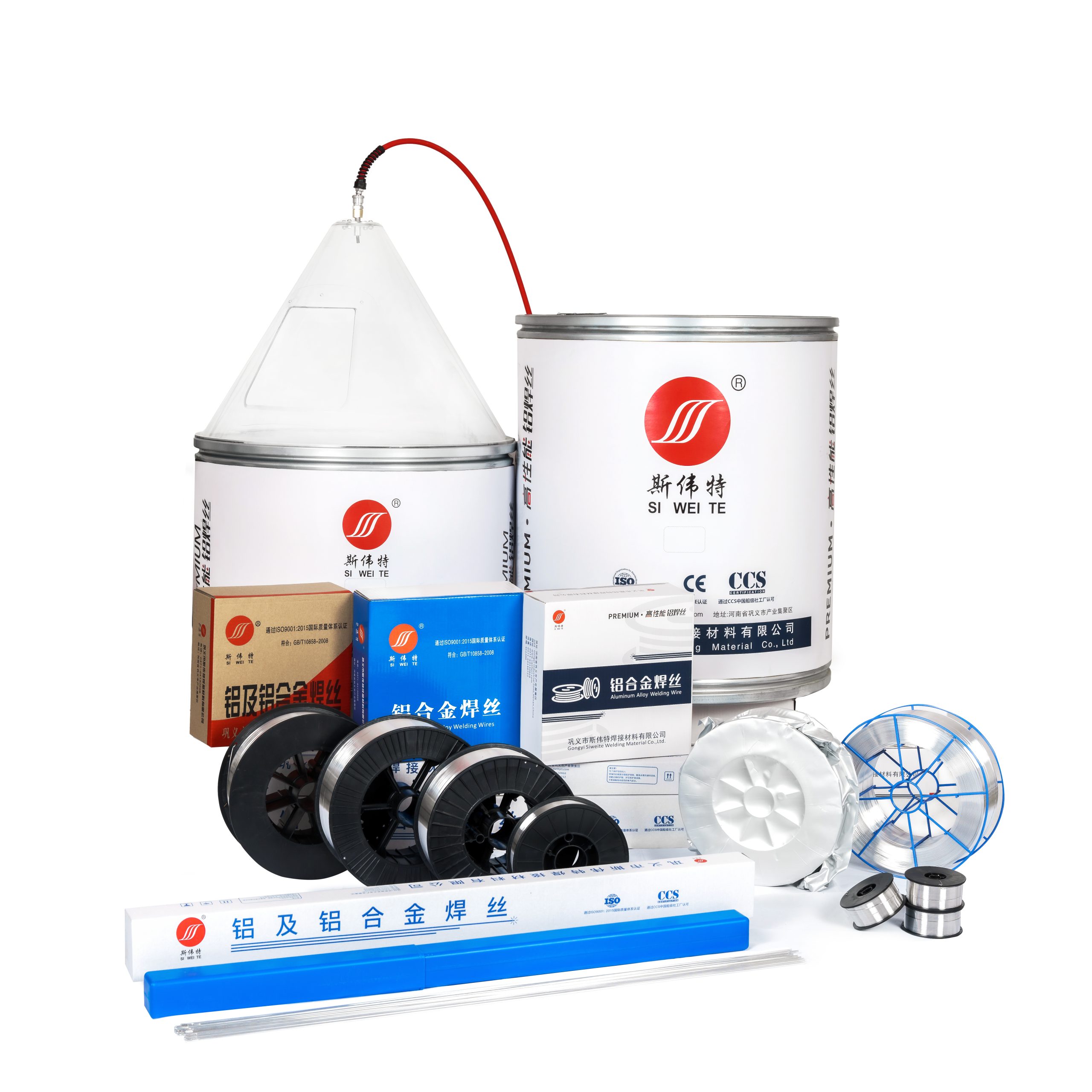MIG welding aluminum demands precision and attention to detail—even seasoned welders can struggle with its unique challenges. Whether you’re fabricating aluminum trailers, automotive parts, or structural components, mastering MIG welding aluminum is key to achieving strong, defect-free welds. In this guide, we’ll break down the critical steps, common mistakes, and expert tips for success, with a focus on filler wire selection (a cornerstone for any aluminum MIG project).
Why MIG Welding Aluminum Is Unique
Aluminum’s properties make it a tricky material for MIG welding:
- High thermal conductivity: Aluminum dissipates heat faster than steel, so you need higher amperage and precise heat control.
- Oxide layer (Al₂O₃): This tough, refractory layer melts at 3,700°F—far higher than aluminum’s melting point (1,200–1,300°F). It must be broken up to ensure fusion.
- Low melting point: Even minor overheating causes burn-through or warping, especially on thin aluminum sheets.
Step-by-Step: Proper MIG Welding Aluminum Technique
1. Equipment Setup
- MIG Welder: Use a machine designed for aluminum (or with pulse capabilities). Aluminum requires a spool gun (to prevent wire feeding issues from its softness) or a push-pull gun.
- Shielding Gas: 100% argon is standard for aluminum MIG welding—it provides clean, stable arcs and minimizes porosity.
- Filler Wire: Choose based on your project (e.g., 4043 for general-purpose welding, 5356 for marine or high-strength applications). More on this later.
2. Joint Preparation
- Cleanliness: Aluminum’s oxide layer traps moisture and contaminants, leading to porosity. Use a stainless-steel brush or solvent (acetone) to clean the joint and 1–2 inches around it.
- Edge Preparation: For thick aluminum (≥6mm), bevel the edges to ensure full penetration. Keep the root gap tight (≤1mm) to prevent burn-through.
3. Welding Parameters
- Voltage & Amperage:
- Thin Aluminum (≤3mm): Use 100–140A with 18–22V. Opt for a short arc or pulse mode to control heat.
- Thick Aluminum (≥6mm): Increase to 180–250A with 24–28V. A slightly longer arc helps widen the bead.
- Travel Speed: Match speed to current—too fast causes incomplete fusion; too slow leads to burn-through or excess weld reinforcement.
- Gun Angle: Hold the MIG gun at a 10–15° push angle (pushing the weld pool) to break up the oxide layer and improve fusion.
Common Mistakes in MIG Welding Aluminum (and How to Fix Them)
1. Using the Wrong Filler Wire
- Mistake: Pairing 4043 with 5356-grade aluminum (or vice versa) causes cracking or poor strength.
- Fix: Match filler wire to the base metal:
- 4043 (silicon-based) works for 6061, 6063 aluminum (general fabrication, trailers).
- 5356 (magnesium-based) is ideal for 5052, 5083 aluminum (marine, high-strength structures).
2. Ignoring the Oxide Layer
- Mistake: Welding without proper cleaning leads to porosity, lack of fusion, or black soot in the weld.
- Fix: Always clean aluminum with a dedicated brush (never use steel brushes from other projects) and inspect for debris before welding.
3. Incorrect Gas Flow or Gun Angle
- Mistake: Low gas flow (≤15 CFH) lets air contaminate the weld; a drag angle (pulling the gun) traps oxide in the weld pool.
- Fix:
- Set gas flow to 20–25 CFH (adjust for wind or large nozzles).
- Maintain a 10–15° push angle to force the oxide layer ahead of the weld pool.
4. Poor Heat Management
- Mistake: Welding too slowly on thin aluminum causes burn-through; welding too fast on thick aluminum leads to incomplete fusion.
- Fix:
- Use pulse MIG (if available) to control heat input on thin materials.
- For thick aluminum, preheat slightly (100–200°F) and use multiple passes with controlled cooling between them.
Choosing the Right Aluminum Filler Wire for MIG Welding
The filler wire makes or breaks your aluminum MIG weld. Here’s how to choose:
| Filler Wire | Base Metal Compatibility | Key Benefits | Common Applications |
|---|---|---|---|
| 4043 | 6061, 6063, 1100 | Good fluidity, less cracking, easy to weld | Aluminum trailers, household items, general fabrication |
| 5356 | 5052, 5083, 6061 | High strength, corrosion resistance (marine-grade) | Boat hulls, truck frames, structural aluminum |
| 4047 | Cast aluminum (A356, A357) | Low melting point, ideal for brazing/welding castings | Aluminum engine blocks, cast components |
Conclusion: Elevate Your MIG Welding Aluminum Skills
Mastering MIG welding aluminum requires attention to detail—from equipment setup and joint preparation to filler wire selection and technique. Avoid common mistakes like ignoring the oxide layer or using the wrong wire, and you’ll produce strong, clean welds for any aluminum project.
If you’re new to aluminum welding and want to build a foundation, check out our guide Aluminum Welding for Beginners: Tips, Setup, and How to Choose Aluminum Filler Wire for step-by-step advice.
Explore our premium aluminum MIG filler wires (4043, 5356, and more) engineered to minimize defects and maximize weld quality for your next project.





